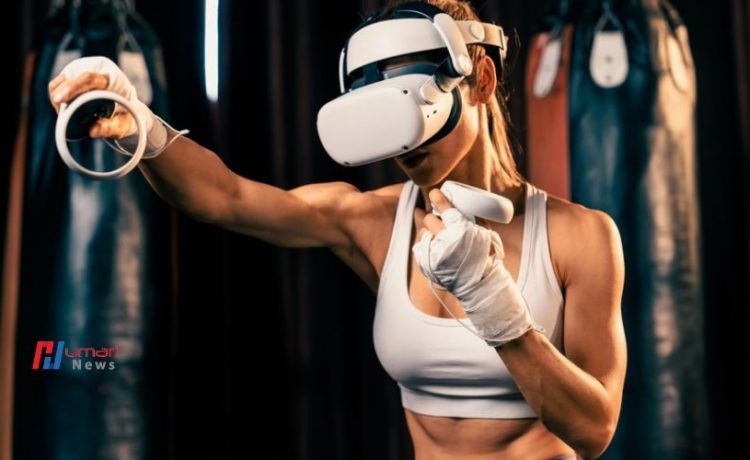The roar of the crowd, the smell of popcorn, the electrifying energy of a live game – these are all elements that have defined the traditional sports viewing experience for decades. However, the landscape of sports broadcasting is undergoing a significant transformation, fueled by the relentless march of technology. From instant replays that dissect every play to on-field cameras offering a player’s eye view, technology has fundamentally changed how we consume sports. But the question remains: is virtual reality (VR) the next frontier, poised to transport fans from their living rooms directly into the heart of the action?
The Rise of Tech on the Playing Field
The integration of technology into sports broadcasting has been a gradual but impactful process. The introduction of instant replay in the 1960s revolutionized how we watch sports. Previously, questionable calls remained just that – questionable. Now, with the ability to rewind and analyze plays from multiple angles, officiating errors are minimized, and fans gain a deeper understanding of the game’s intricacies.
Furthermore, on-field camera technology has transformed our perspective. Cameras mounted on players’ helmets or embedded in goalposts offer a visceral, first-person view of the action. Imagine feeling the crunch of a tackle or the exhilaration of a game-winning goal from the player’s viewpoint – this is the reality that on-field cameras are starting to create.
Beyond the Screen: The Allure of Virtual Reality
While traditional broadcasting offers an enhanced viewing experience, VR promises a paradigm shift. VR headsets immerse viewers in a completely simulated environment, allowing them to feel like they’re physically present at the game. Imagine choosing your own virtual seat – front row, behind the bench, or even hovering high above the field for a tactical overview. With VR, you could virtually stand next to your favorite player, feel the energy of the crowd, and witness the game from any angle you desire.
The Potential Benefits of VR Broadcasting
The potential benefits of VR broadcasting are numerous. For geographically distant fans, VR offers an unparalleled opportunity to experience the thrill of a live game without the cost or hassle of travel. Additionally, VR could enhance the viewing experience for disabled fans by allowing them to virtually navigate stadiums and choose optimal viewing positions.
Furthermore, VR opens doors for interactive experiences. Imagine being able to choose different camera angles on the fly, access real-time statistics overlaid on the virtual environment, or even interact with other virtual fans in a shared stadium experience. This level of engagement could revolutionize the way fans connect with sports.
Challenges and Considerations
Despite its exciting possibilities, VR broadcasting faces some significant challenges. The cost of VR headsets remains a barrier for many viewers. Additionally, the technology can cause motion sickness, which could negatively impact the viewing experience for some. Furthermore, ensuring high-quality VR broadcasts requires substantial technical infrastructure and expertise on the part of broadcasters.
A Hybrid Future: VR and Traditional Broadcasting
It’s important to consider that VR is not likely to completely replace traditional broadcasting methods. The social aspect of watching sports with friends and family at a bar or at home remains a significant part of the viewing experience.
However, VR has the potential to become a complementary viewing option, offering a unique and immersive experience for fans who crave a deeper connection to the game. The future of sports broadcasting may very well be a hybrid one, with traditional broadcasts coexisting alongside a growing VR market.
The future of sports broadcasting is undeniably tech-driven. From the evolution of instant replay to the emergence of on-field cameras, technology has consistently reshaped the way we consume sports. VR, with its immersive capabilities, stands poised to take this a step further by transporting fans directly into the heart of the action. While challenges remain, the potential benefits of VR are undeniable. The roar of the crowd may soon be accompanied by the collective “wows” of fans experiencing the game in a whole new dimension.







